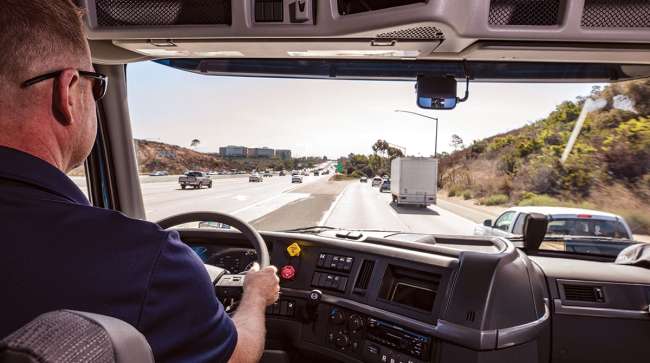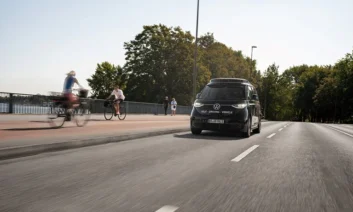One-to-one coaching and in-cab alerts maximise driver safety
An academic study into fleet safety by the University of California, San Diego, (UC) has found that commercial vehicle drivers respond best to a strategic blend of safety initiatives.

The report says a combination of in-person manager-led feedback, self-directed learning, AI-powered coaching, and structured recognition deliver the optimum results.
However, the study also acknowledges that while personalised training is the most effective form of intervention, it is also difficult to scale across a large fleet.
Personalised approach
Consequently, it recommends supplementing human feedback with automated in-vehicle alerts, triggered by sensors and video analytics that detect higher risk behaviours, such as speeding, distraction and fatigue.
Dr. Nadir Weibel, principal investigator and professor at UC San Diego’s Department of Computer Science & Engineering and Design Lab, said: “The evidence presented in this report demonstrates that manager-led and personalised coaching approaches, complemented with the strengths of in-cabin and self-directed coaching, can deliver greater long-term effectiveness.”
His study recommends brief, regular, face-to-face coaching sessions of 15 to 30 minutes to build drivers’ motivation and accountability.
UC’s analysis found that in-person environments enable richer interactions, immediate nuanced feedback, and greater engagement, which are all critical elements to deliver sustained behavioural change, compared to online coaching.
But fleets tempted to hold a training session for all their drivers are advised that individualised coaching and small group sessions significantly outperform mass instruction.
In-vehicle alerts
Automated in-vehicle monitoring systems can reinforce coached safety messages, although recent research discovered progressively lower responsiveness to alerts as some drivers became desensitised to the warnings. For other drivers, however, these systems can create a valuable sense of autonomy, freeing fleet managers to concentrate on the highest risk areas of their operations.
Rajesh Rudraradhya, Chief Technology Officer at Lytx, which funded the report, said: “Effective coaching isn’t about choosing between humans or machines—it’s about making each smarter together.”
Safety culture
The UC report emphasised that creating a safer fleet is a whole organisation issue, with employers having to consider the pressures they place on their drivers with regards to productivity and tight scheduling that can undermine safe driving practices.
“Specifically, organisational processes and work tasks may create significant time pressure demands, causing drivers to prioritize completing routes quickly over adhering strictly to coached safety principles. This tension between operational demands and safety coaching objectives frequently undermines the effectiveness of even high-quality coaching interventions,” it said.







